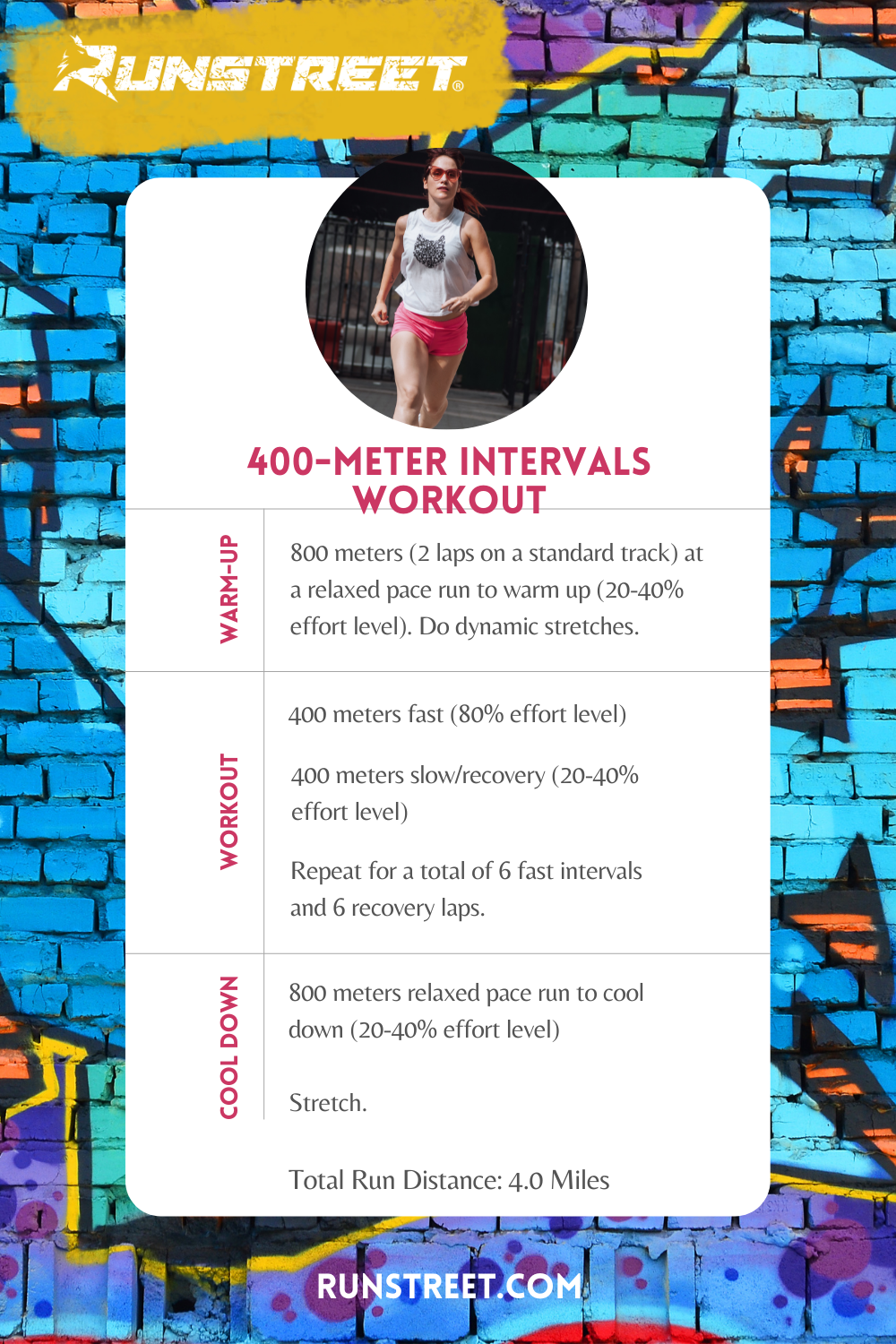Running Workout Techniques: Strategies to Improve Stamina and Rate
Running Workout Techniques: Strategies to Improve Stamina and Rate
Blog Article
Handling Common Running Discomforts: Causes, Solutions, and Avoidance
As joggers, we frequently come across numerous discomforts that can hinder our efficiency and pleasure of this physical activity. By exploring the origin reasons for these operating discomforts, we can uncover targeted options and preventive actions to ensure a smoother and extra meeting running experience.
Common Running Discomfort: Shin Splints
Shin splints, a typical running pain, usually result from overuse or improper shoes during physical activity. The repeated stress and anxiety on the shinbone and the cells attaching the muscular tissues to the bone leads to swelling and discomfort.
To prevent shin splints, individuals must gradually increase the intensity of their workouts, put on ideal shoes with proper arch support, and keep flexibility and toughness in the muscles surrounding the shin (running strategy). Additionally, incorporating low-impact tasks like swimming or biking can aid maintain cardio health and fitness while permitting the shins to heal.
Typical Running Pain: IT Band Disorder
In addition to shin splints, another prevalent running discomfort that professional athletes usually experience is IT Band Syndrome, a condition triggered by swelling of the iliotibial band that runs along the outer thigh and knee. IT Band Disorder typically materializes as discomfort on the exterior of the knee, particularly during activities like running or biking. The iliotibial band is a thick band of fascia that connects the aware of the shin, and when it comes to be irritated or limited, it can scrub against the upper leg bone, leading to pain and discomfort.
Runners experiencing IT Band Syndrome may observe a stinging or hurting feeling on the external knee, which can worsen with continued activity. Aspects such as overuse, muscular tissue inequalities, improper running type, or poor warm-up can add to the growth of this condition. To stop and ease IT Band Syndrome, runners should concentrate on stretching and enhancing exercises for the hips and thighs, appropriate shoes, gradual training progression, and resolving any kind of biomechanical problems that might be aggravating the trouble. Disregarding the signs of IT Band Disorder can bring about persistent problems and long term healing times, stressing the relevance of early treatment and correct management strategies.
Usual Running Pain: Plantar Fasciitis

Plantar Fasciitis can be attributed to numerous variables such as overtraining, inappropriate shoes, running on hard surface areas, or having high arches or flat feet. To prevent and reduce Plantar Fasciitis, runners can find incorporate stretching exercises for the calves and plantar fascia, put on encouraging shoes, keep a healthy and balanced weight to minimize strain on the feet, and gradually boost running intensity to stay clear of unexpected stress on the plantar fascia. If signs linger, it is suggested to seek advice from a medical care professional for proper medical diagnosis and treatment alternatives to attend to the problem properly.
Common Running Pain: Jogger's Knee
After addressing the obstacles of Plantar Fasciitis, one more common concern that joggers often encounter is Jogger's Knee, an usual running pain that can impede athletic performance and cause discomfort throughout physical activity. Jogger's Knee, likewise known as patellofemoral pain syndrome, manifests as pain around or behind the kneecap. Joggers experiencing this discomfort may feel a plain, hurting discomfort while running, going up or down staircases, or after long term periods of resting.
Common Running Pain: Achilles Tendonitis
Generally afflicting joggers, Achilles Tendonitis is a painful condition that affects the Achilles ligament, creating discomfort and potential constraints in physical task. The Achilles ligament is a thick band of cells that connects the calf muscular tissues to the heel bone, important for activities like running, leaping, and walking - this website. Achilles Tendonitis commonly develops because of overuse, inappropriate footwear, poor stretching, or abrupt rises in exercise
Symptoms of Achilles Tendonitis consist of discomfort and rigidity along the ligament, especially in the early morning or after periods of inactivity, swelling that intensifies with activity, and perhaps bone spurs in persistent cases. To protect against Achilles Tendonitis, it is essential to stretch properly previously and after running, wear suitable footwear with correct support, progressively increase the strength of exercise, and cross-train to decrease repeated stress on the tendon.
Verdict

Report this page